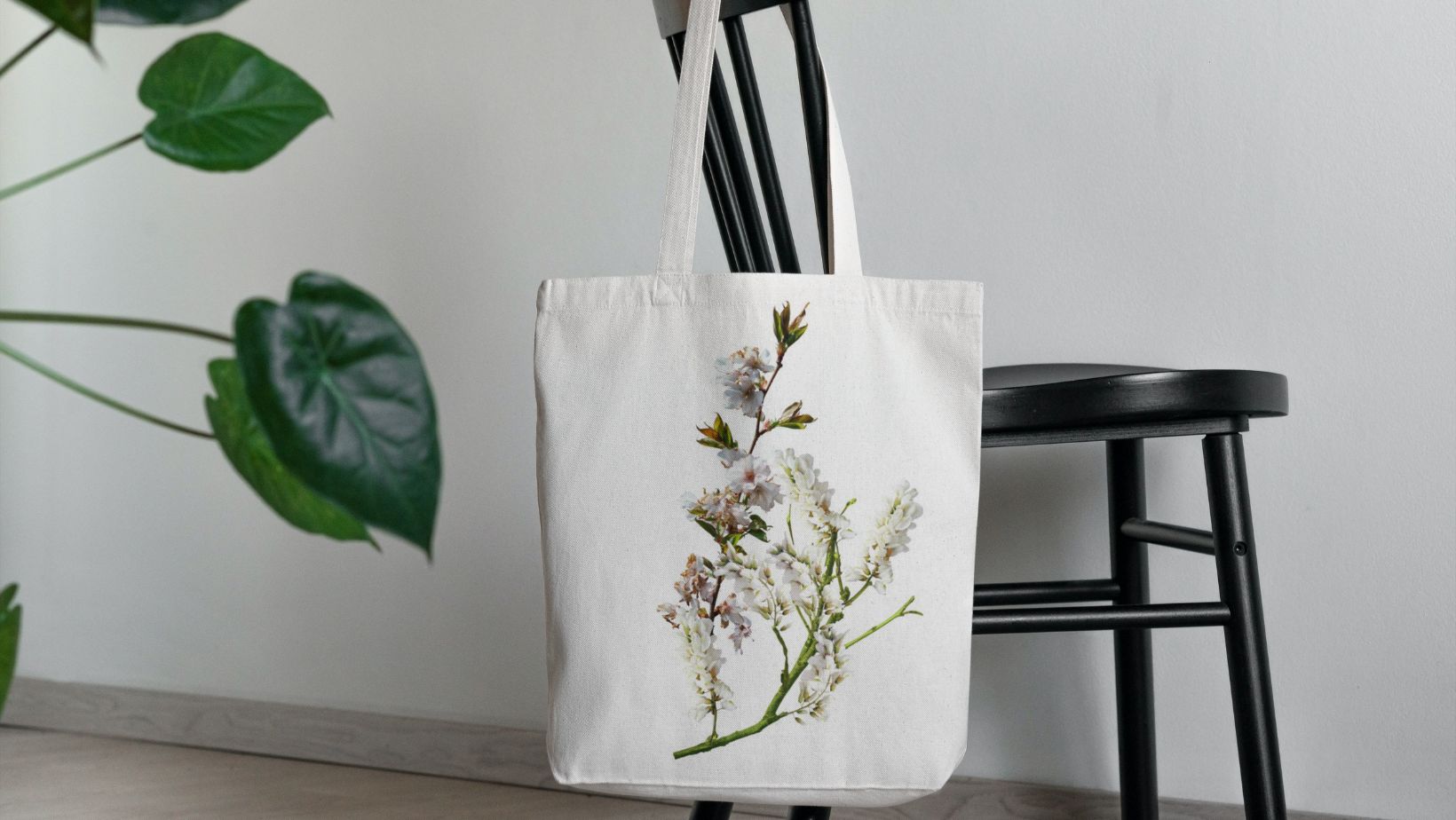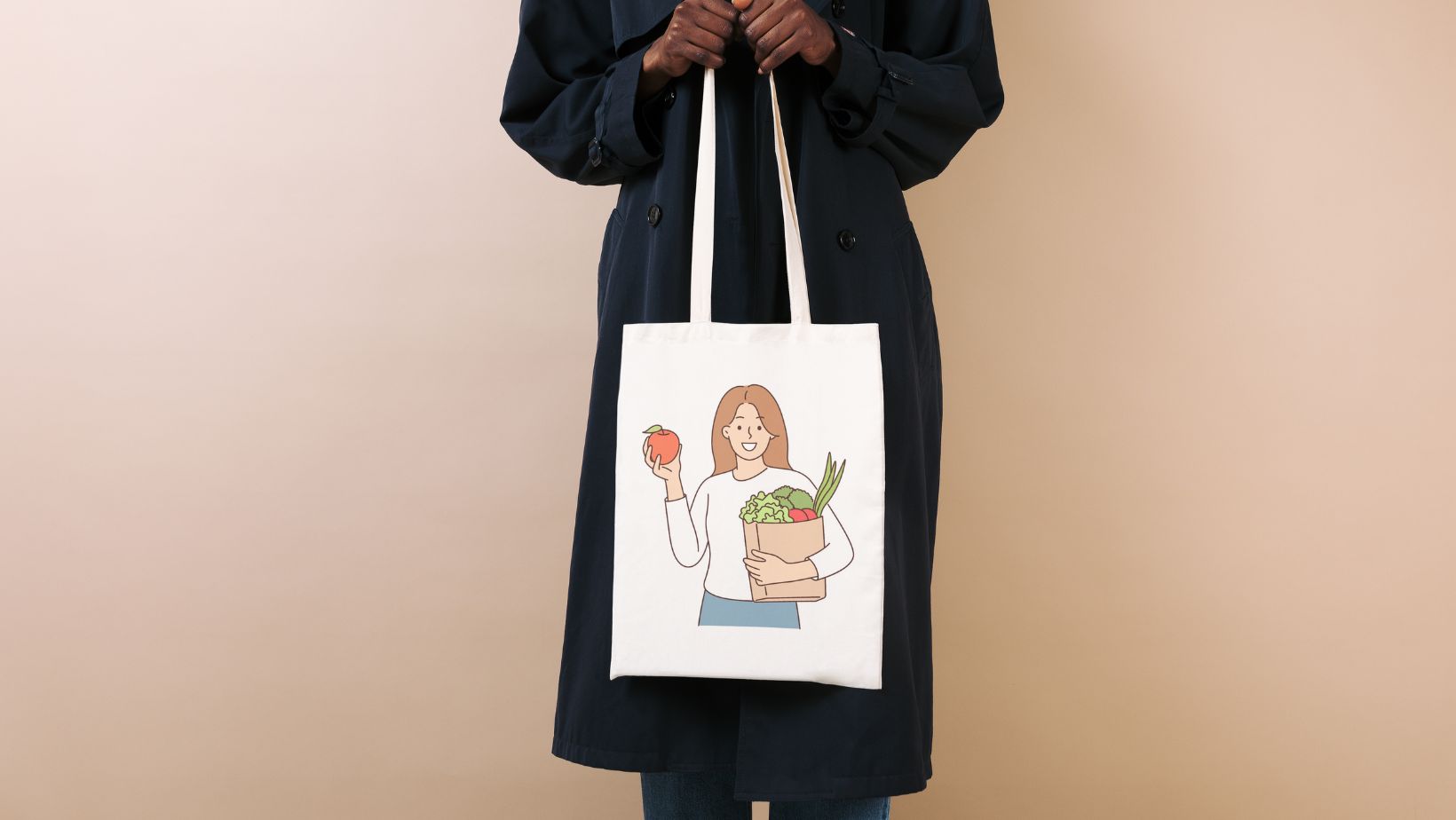In today’s competitive market, creating a unique brand identity is essential for businesses looking to stand out. One effective way of achieving this is through custom printed bags. Not only do they serve as a practical means of packaging products, but they also act as a powerful marketing tool that can leave a lasting impression on your customers. Designing your own custom bags allows you to be creative and project your brand’s personality while ensuring consistency across all customer touchpoints.
Understanding the Basics
Before diving into the creative aspects of designing custom printed bags, it is important to understand the basic elements involved. This includes selecting the type of bag that aligns with your brand and its intended use. Popular choices range from paper and plastic bags to more sustainable options like cotton or jute. Once the material is chosen, consider size, shape, and handles – all of which should be decided based on what will best suit your customers’ needs and give your products the protection and presentation they deserve.
Design Elements to Consider
The design of your custom printed bags should reflect your brand identity. Your logo is a key element that should feature prominently, ensuring it is recognizable at a glance. Using brand colors consistently helps reinforce brand recognition and can influence customer perception. Typography also plays a significant role; choose fonts that complement your brand’s voice, whether it’s modern and bold or classic and elegant.

Remember, the key is to maintain simplicity while conveying the essence of your brand effectively.
Incorporating Imagery and Patterns
Beyond logos and text, consider adding imagery or patterns that align with your brand’s aesthetic. Patterns can add a touch of sophistication or playfulness, depending on your brand values. Imagery, if used, should be high-quality and relevant. For instance, if you’re a bakery, consider using tasteful images of your pastries. Always ensure images complement the overall design and do not overcrowd the bag.
Sustainability and Functionality
As consumers become more environmentally conscious, the demand for sustainable packaging options is increasing. Opting for biodegradable or reusable materials not only enhances your brand’s image but also appeals to eco-conscious customers. Ensure functionality isn’t sacrificed for the sake of design; bags should be sturdy enough to carry products without damage. Consider the practicality of the bag design in real-world use to guarantee customer satisfaction.
Printing Techniques
Understanding the various printing techniques can assist in achieving the desired quality and finish for your custom printed bags. Common printing methods include screen printing, digital printing, and flexographic printing. Each has its advantages and limitations depending on the material and design complexity.

Screen printing, for example, is favored for its vibrancy and durability, while digital printing enables more detailed, full-color designs at a lower cost for smaller print runs. Choose the technique that best fits your design requirements and budget.
Practical Tips for Effective Design
When designing custom printed bags, it’s vital to keep the perspective of the customer in mind. Ensure the design is eye-catching yet not overwhelming, and always maintain a harmonious balance between all design elements. Keep in mind the occasions your bag might be used for—a bag for a luxury boutique might differ significantly from a bag designed for a hip record store. Consistent testing and getting feedback on your prototypes can significantly improve the final product.
In conclusion, designing custom-printed bags is both an art and a science that requires attention to detail and a clear understanding of your brand message. With careful planning and consideration of the components mentioned above, you can create a bag that not only serves its primary purpose but memorably represents your brand. It’s an investment that, when executed well, offers substantial returns by enhancing customer experience and loyalty.